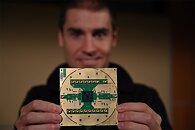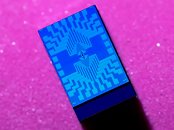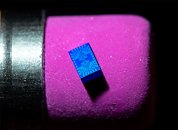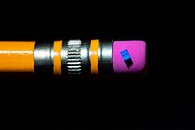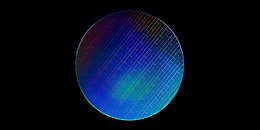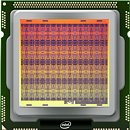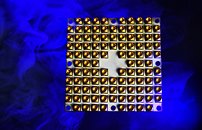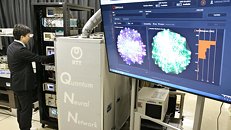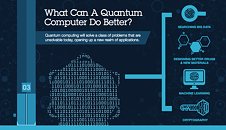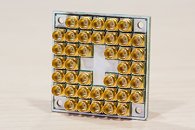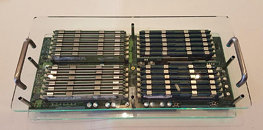
Intel and QuTech Demonstrate High-Fidelity 'Hot' Qubits for Practical Quantum Systems
Intel, in collaboration with QuTech, today published a paper in Nature demonstrating the successful control of "hot" qubits, the fundamental unit of quantum computing, at temperatures greater than 1 kelvin. The research also highlighted individual coherent control of two qubits with single-qubit fidelities of up to 99.3%. These breakthroughs highlight the potential for cryogenic controls of a future quantum system and silicon spin qubits, which closely resemble a single electron transistor, to come together in an integrated package.
"This research represents a meaningful advancement in our research into silicon spin qubits, which we believe are promising candidates for powering commercial-scale quantum systems, given their resemblance to transistors that Intel has been manufacturing for more than 50 years. Our demonstration of hot qubits that can operate at higher temperatures while maintaining high fidelity paves the way to allow a variety of local qubit control options without impacting qubit performance," said Jim Clarke, director of quantum hardware, Intel Labs.
"This research represents a meaningful advancement in our research into silicon spin qubits, which we believe are promising candidates for powering commercial-scale quantum systems, given their resemblance to transistors that Intel has been manufacturing for more than 50 years. Our demonstration of hot qubits that can operate at higher temperatures while maintaining high fidelity paves the way to allow a variety of local qubit control options without impacting qubit performance," said Jim Clarke, director of quantum hardware, Intel Labs.

